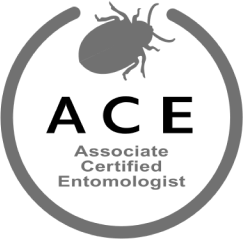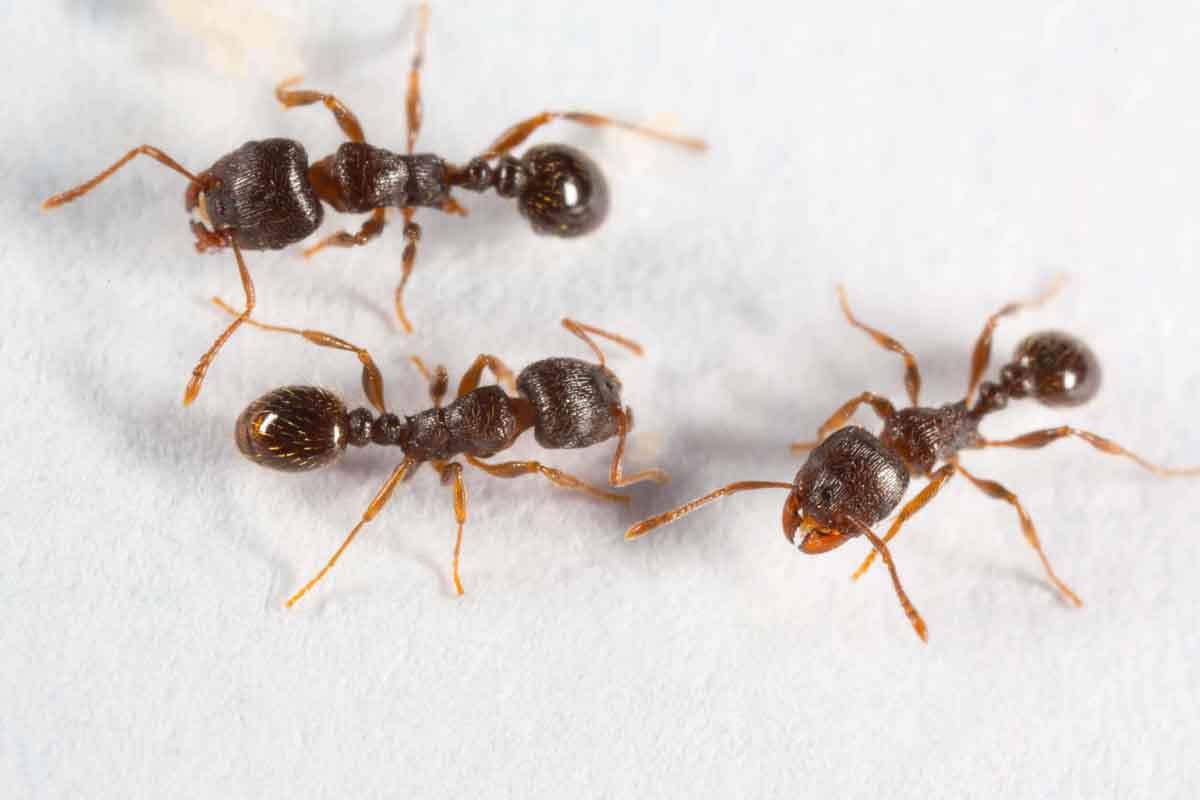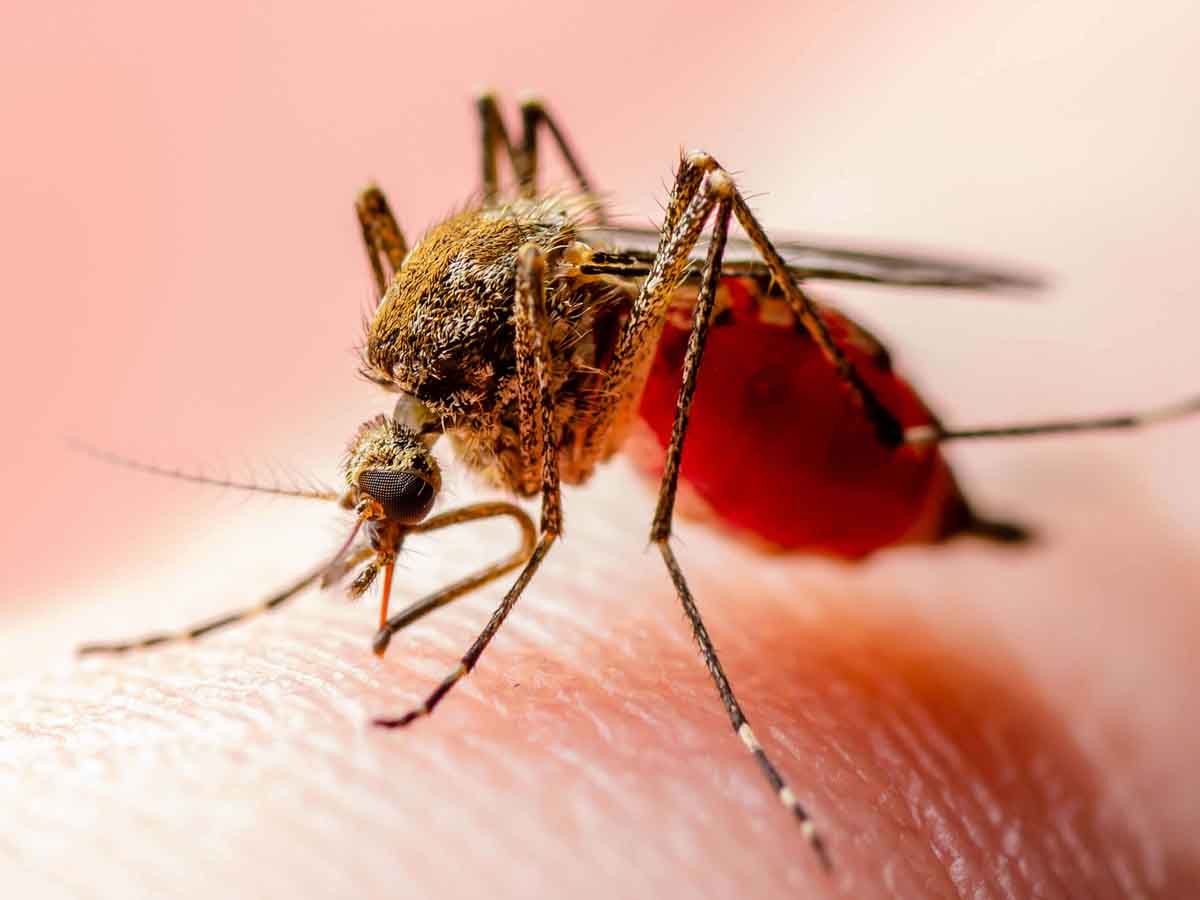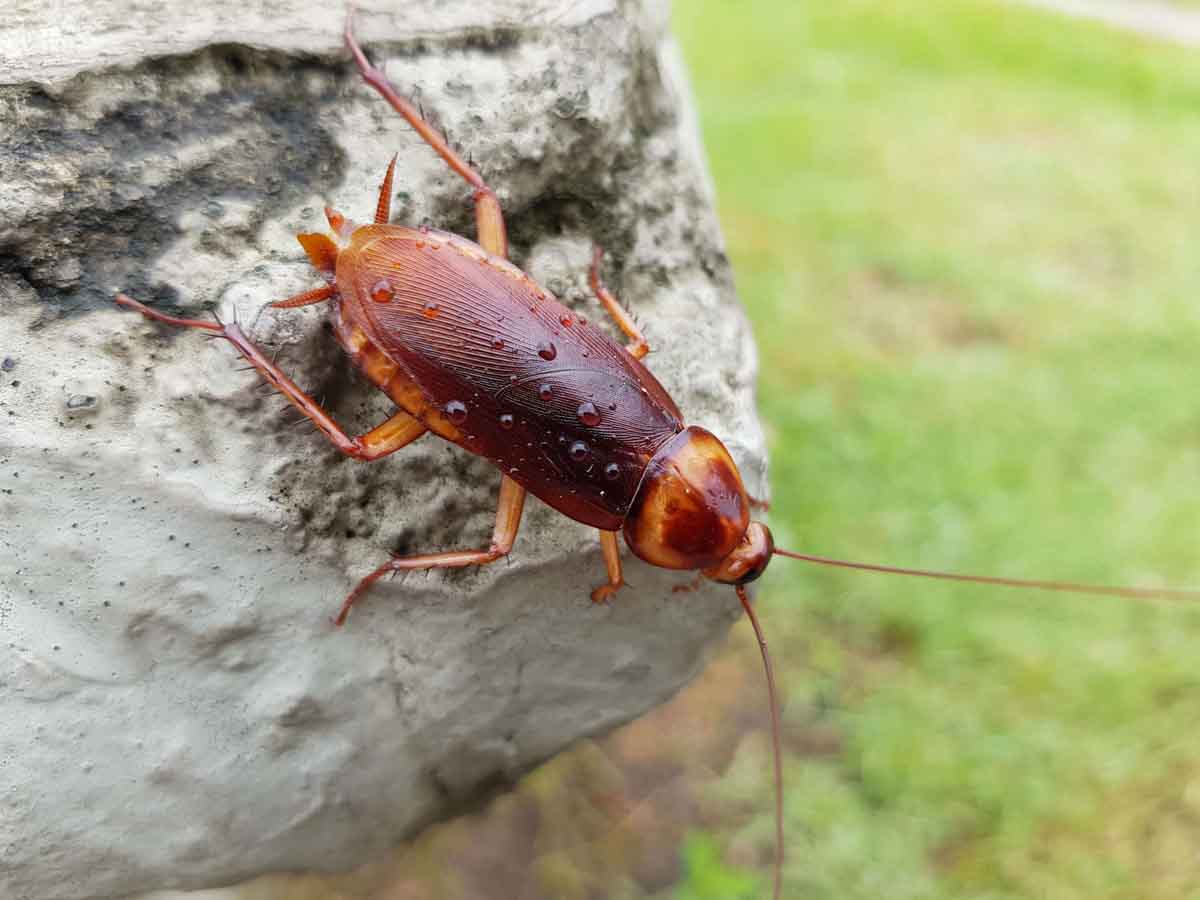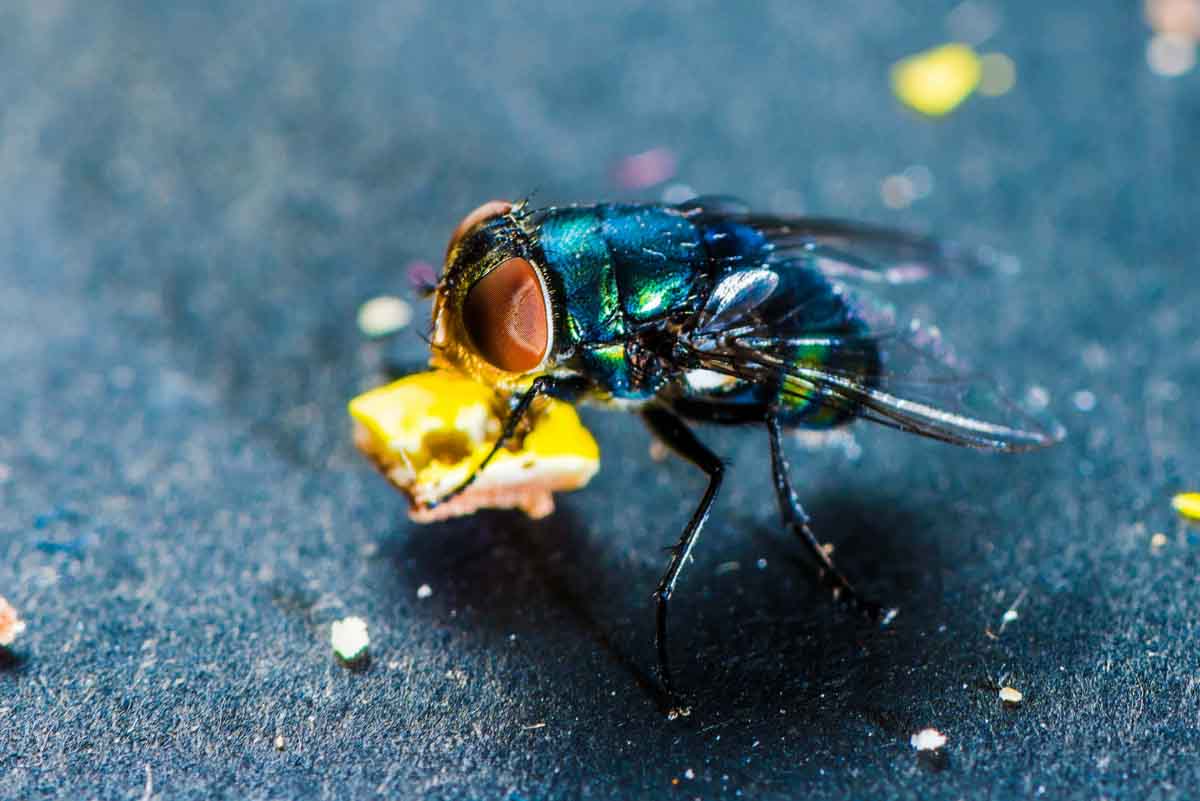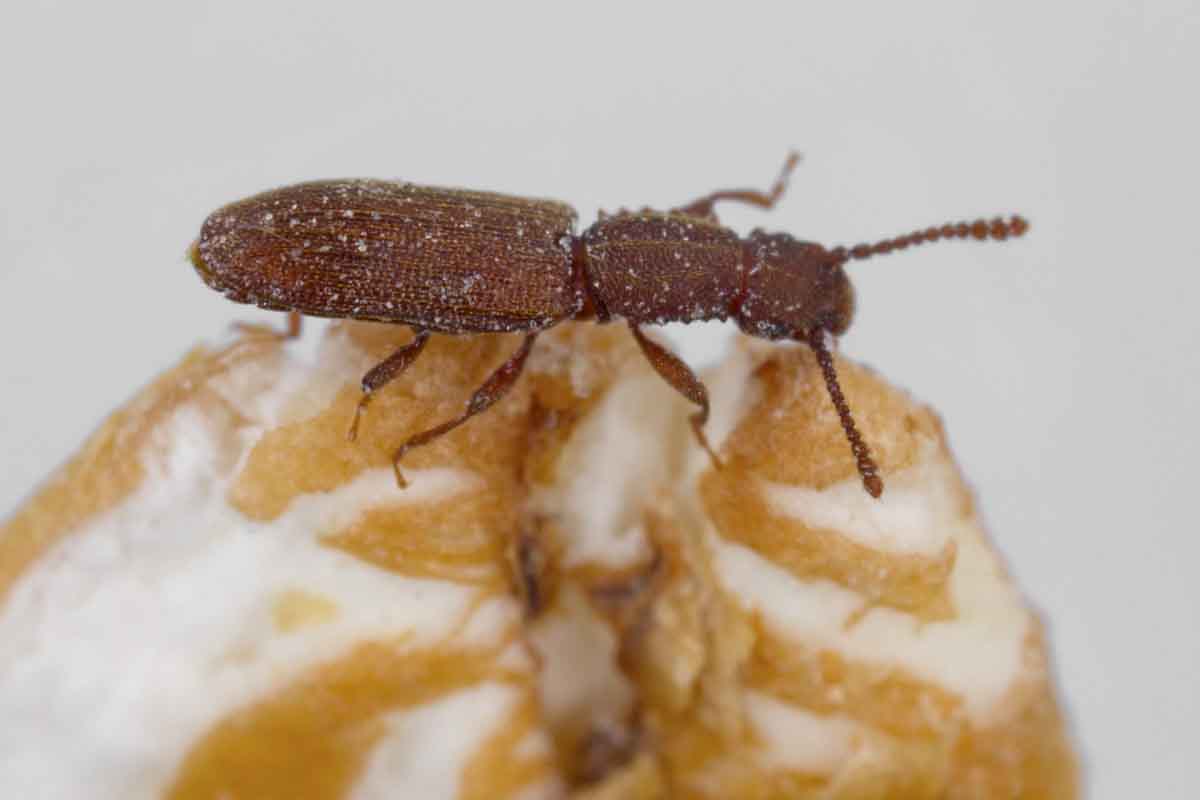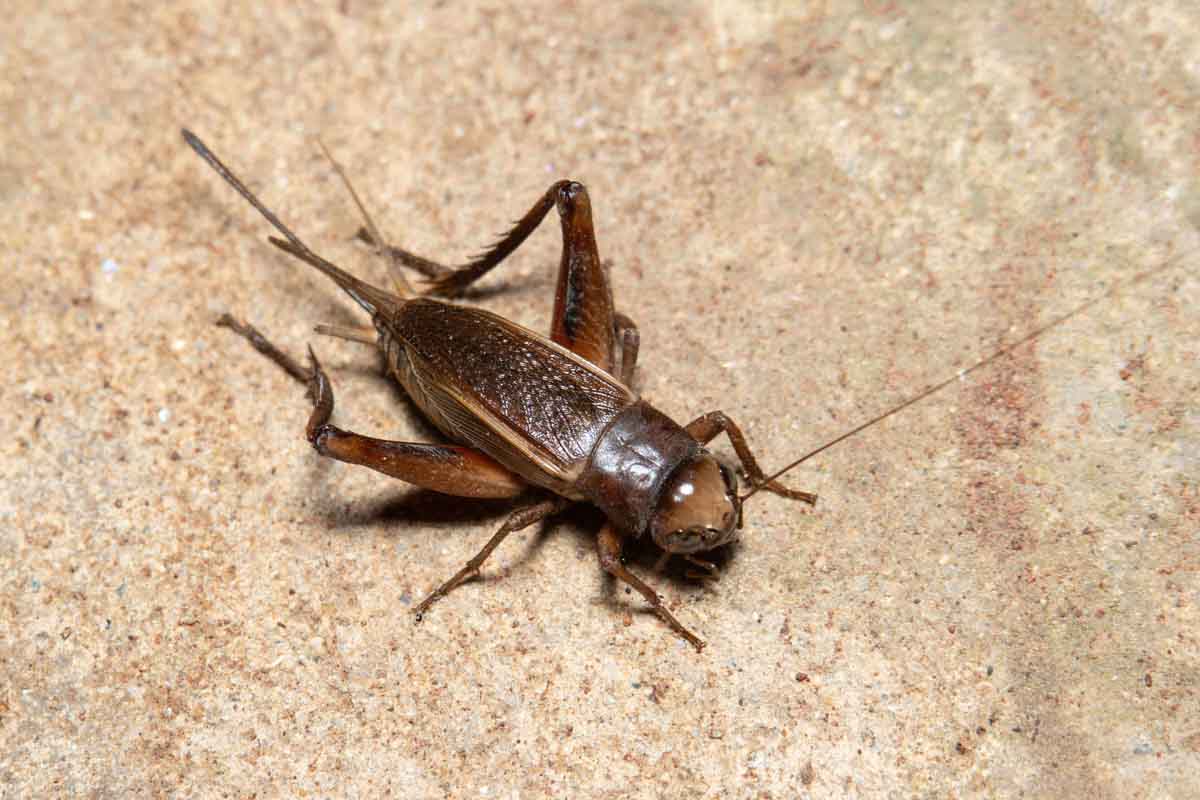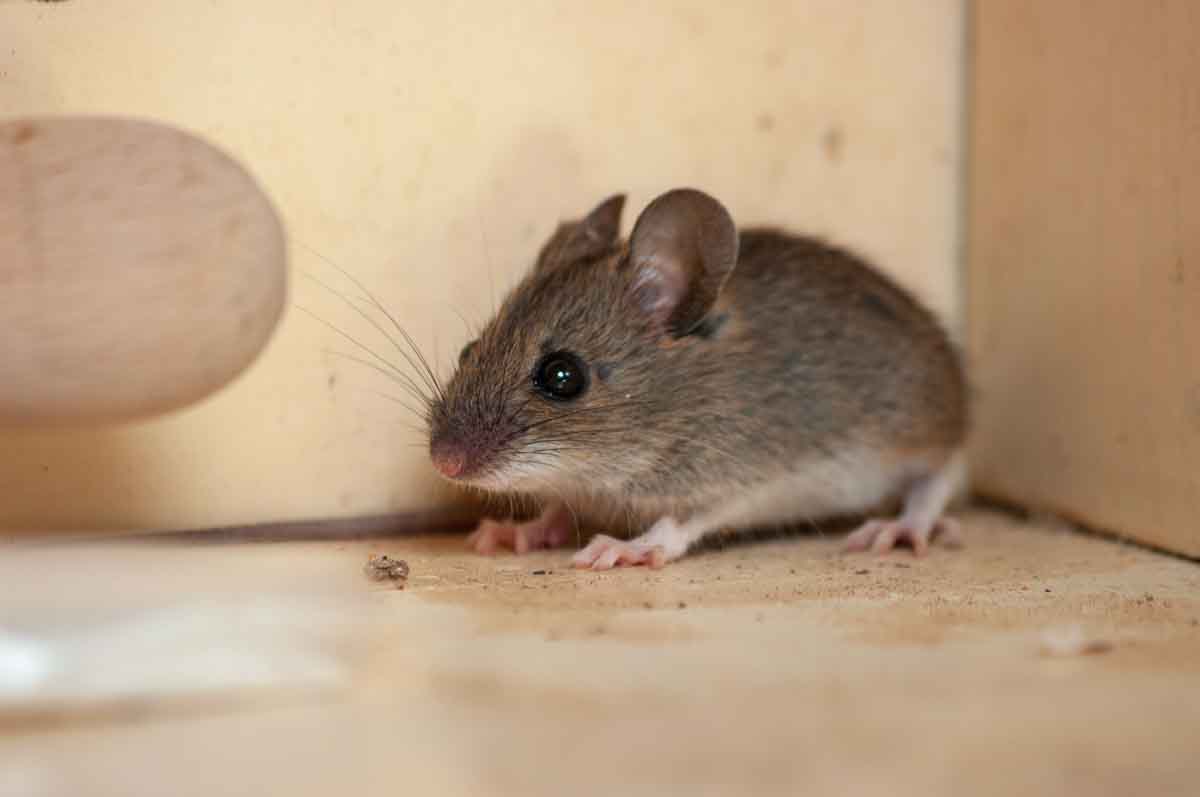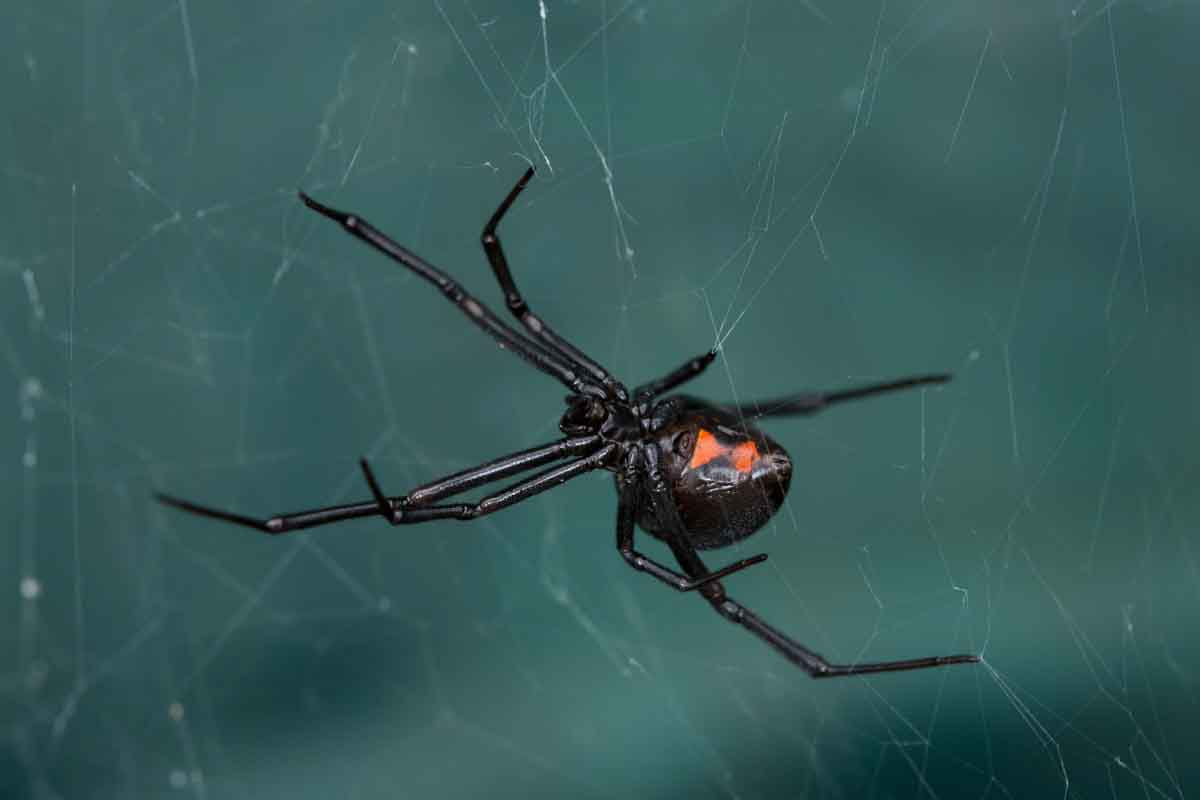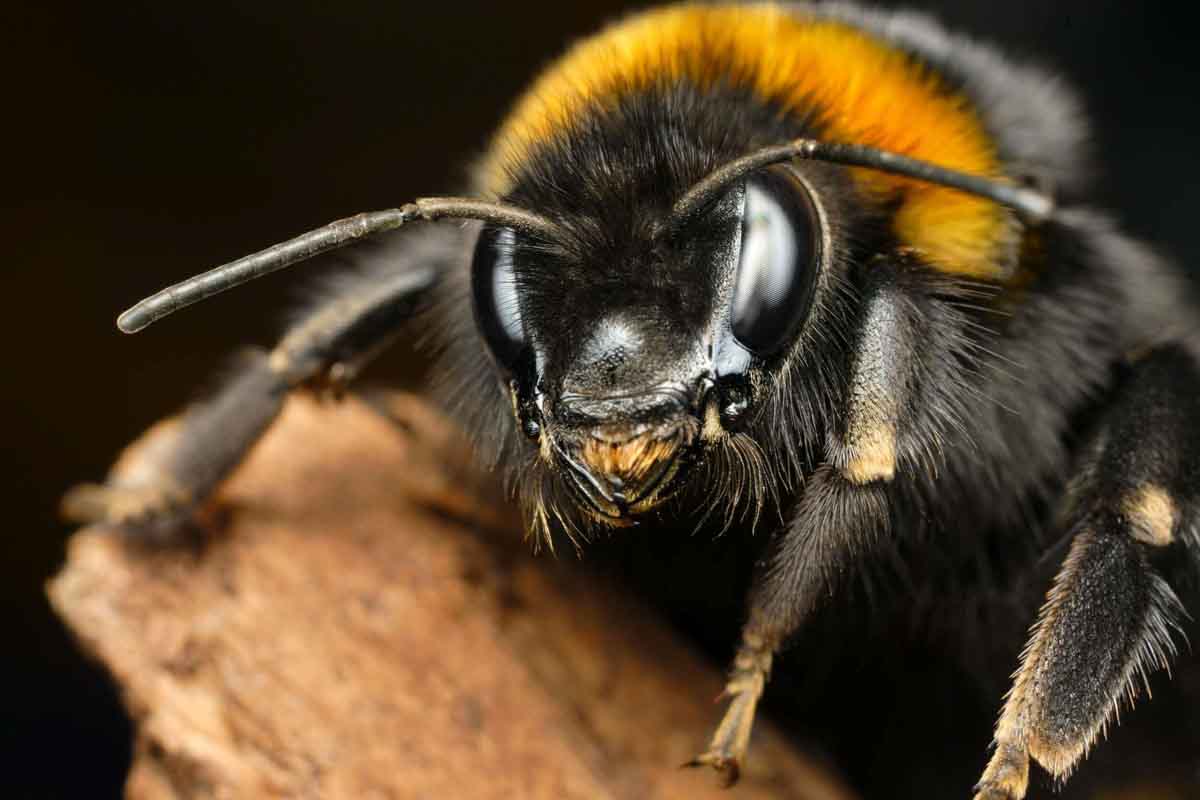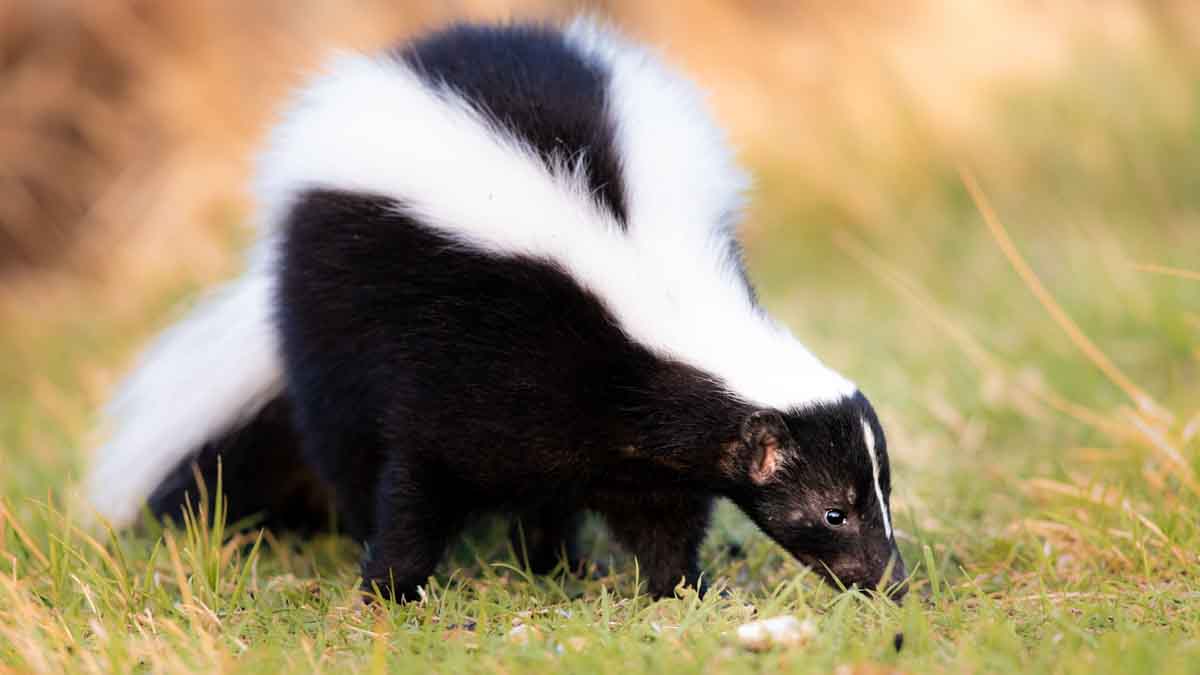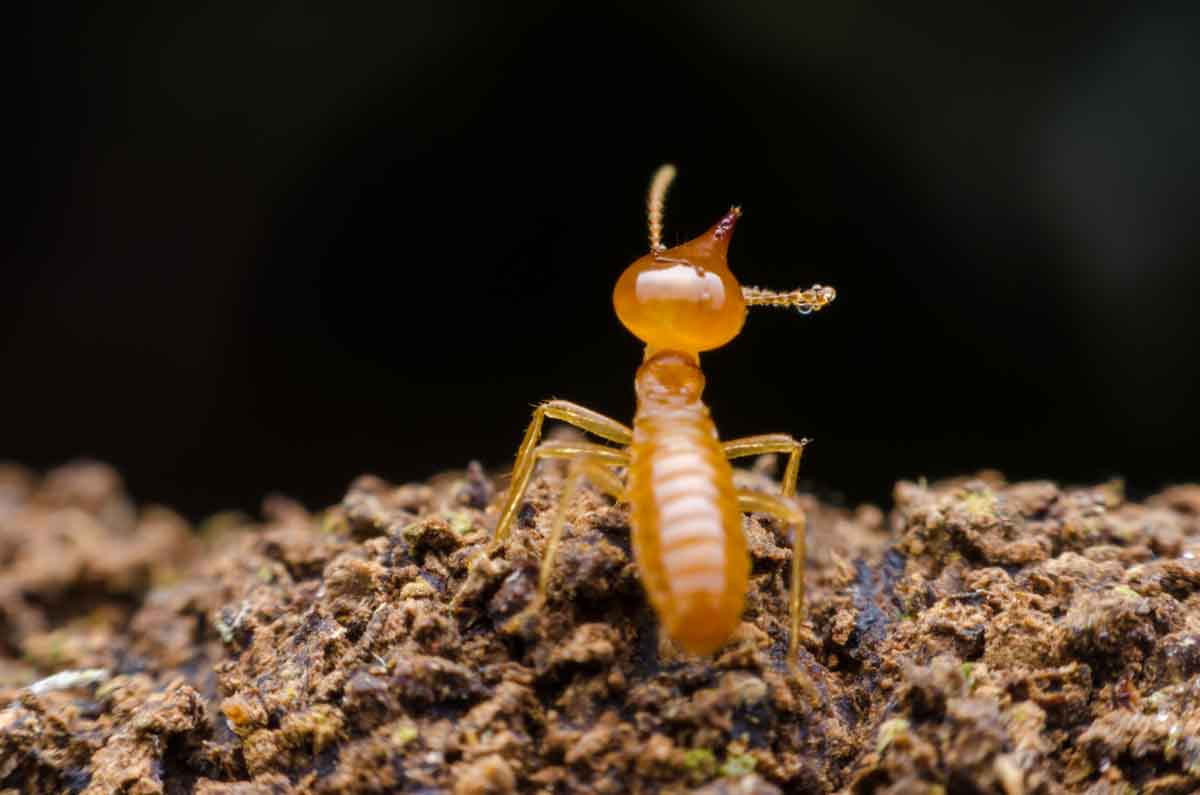Squirrel Identification and Control in Utah
Correct identification is an important first step in pest control.
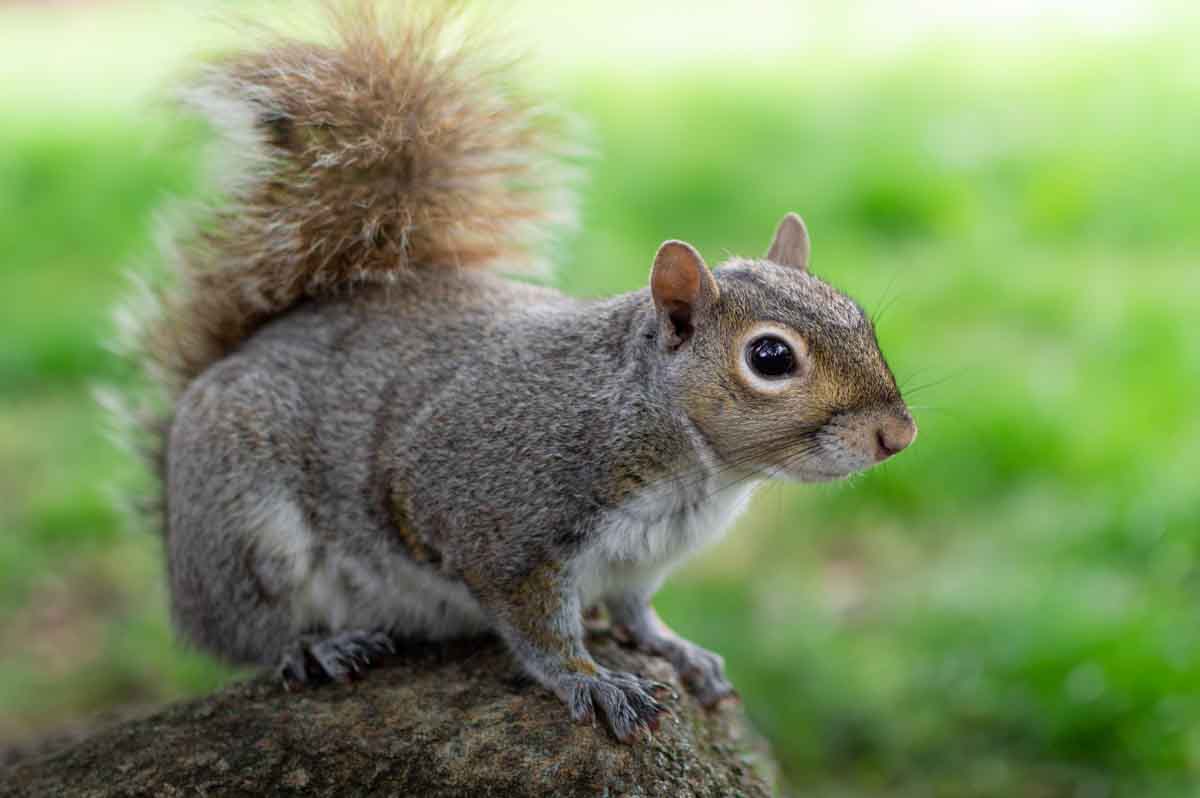
Squirrels are 6 to 15 inches in length not including the tail. Their tails are 4 to 14 inches long.
Squirrel coloring are either white, grayish, yellowish, reddish, or brownish on the top side of their body. They have a pale or dark underside.
Squirrels have short think fur and a bushy tail.
Squirrels build nests in tree cavities or on tree branches. They can occasionally enter attics and garages for food and shelter or to nest.
Need help controlling squirrels?
 Identify the pest with our Squirrel gallery
Identify the pest with our Squirrel gallery
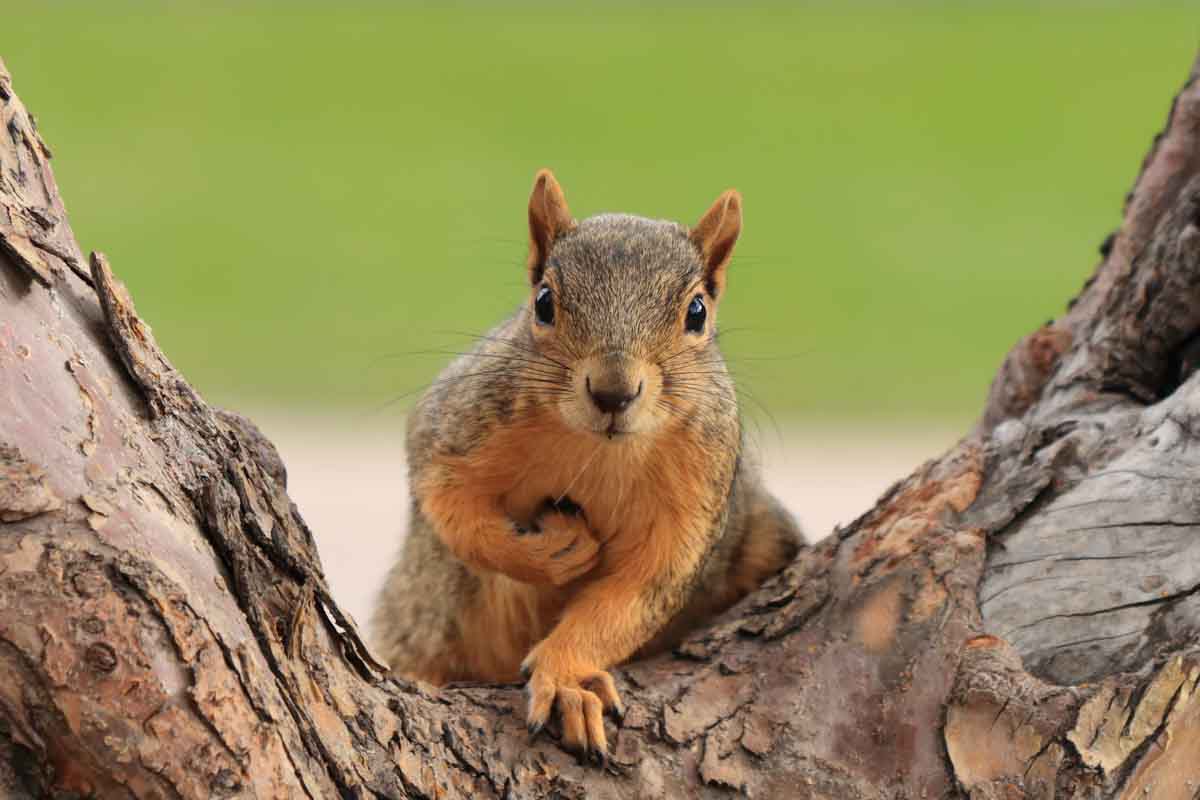
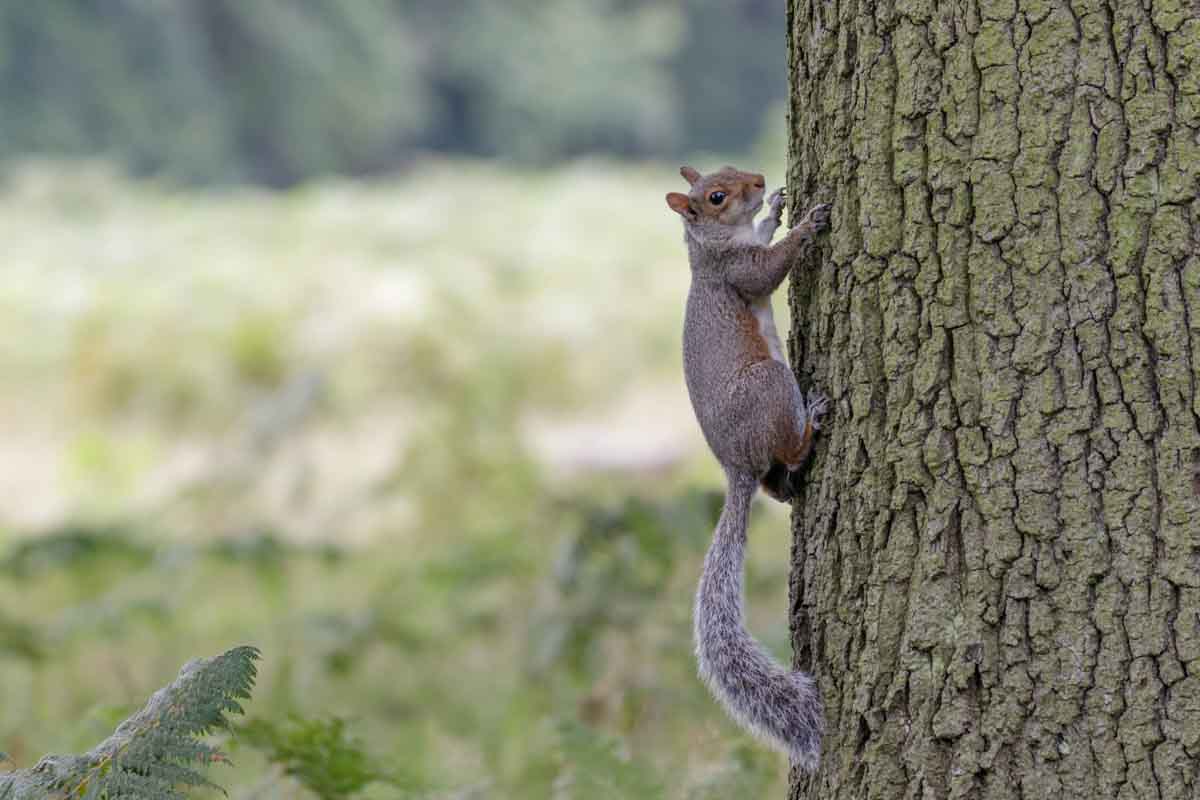
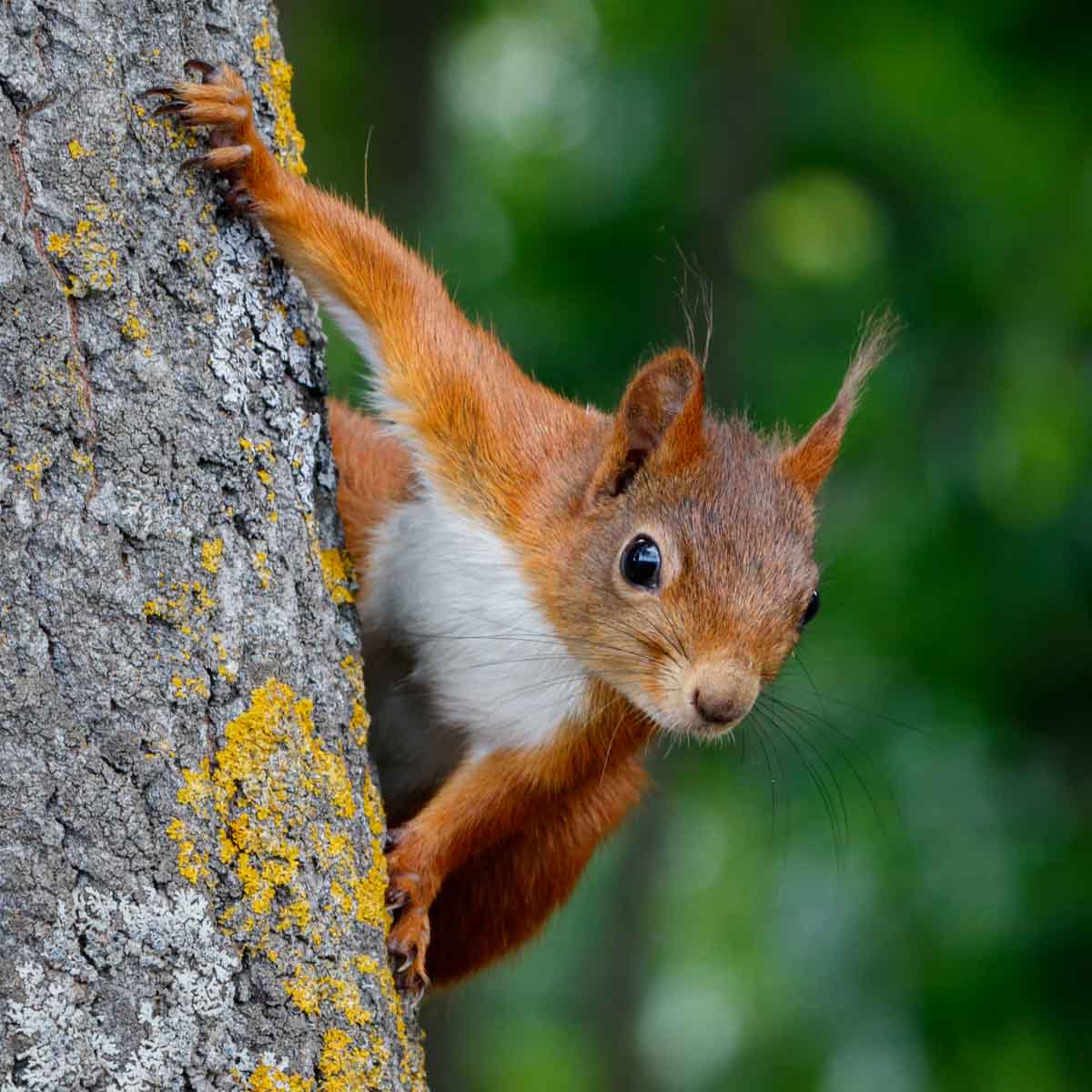
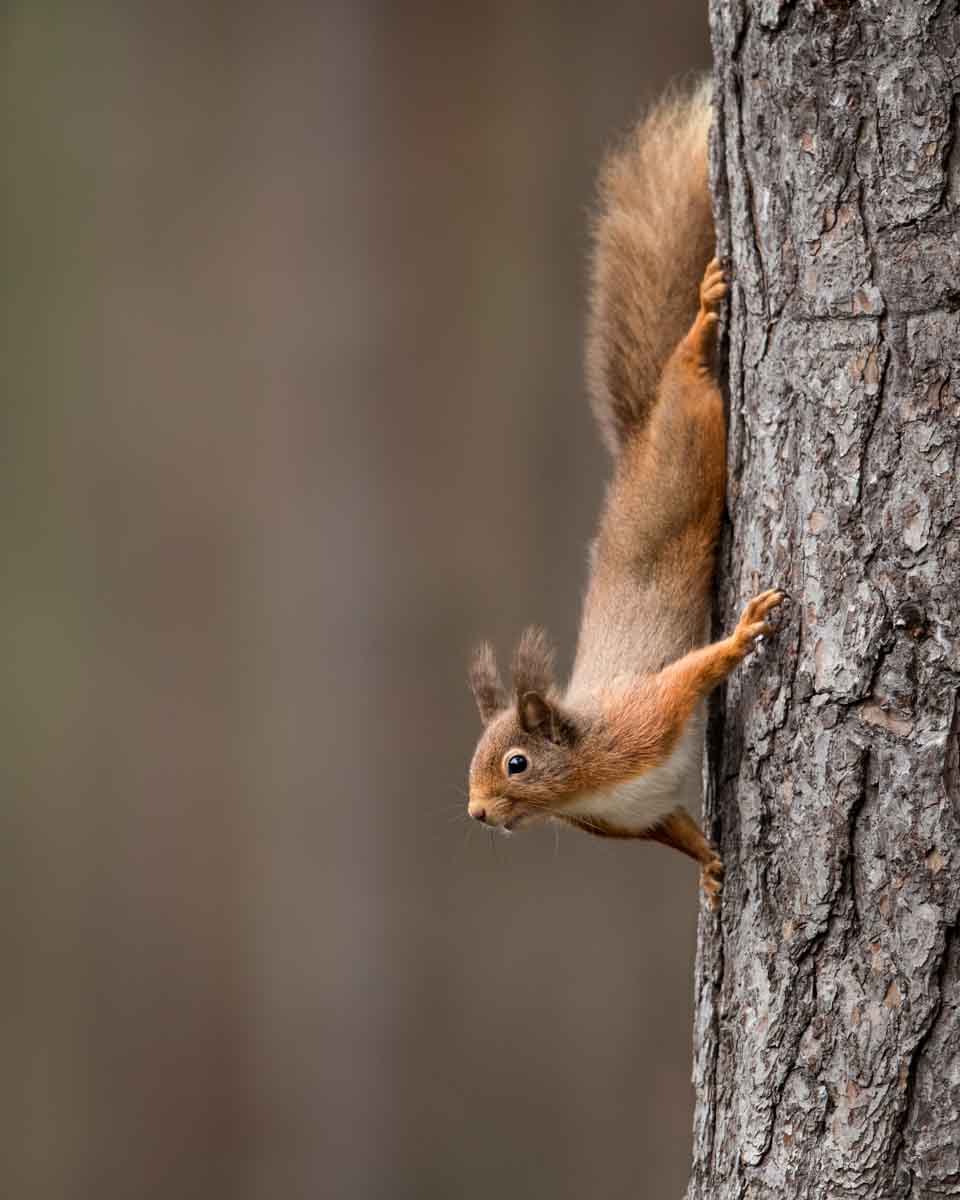
Why are they significant
Squirrels are a minor health concern meaning they can carry diseases, but transmission to humans is a rare occurrence. They can enter buildings and damage walls, wires and insulation.
Name:
Sciurus spp.
Diet:
Nuts, acorns, seeds, berries, tree bark and fungi
Impact:
Minor health concern, damage to homes
 Tips for keeping squirrels away
Tips for keeping squirrels away
What To Do About Squirrels

-
Thorn professionals are trained and certified to safely and humanely remove squirrels.
-
Consult the electrical company for assistance if placing sleeves over electrical wires.
How To Exclude Squirrels From Your Home

-
Block entrances into building with hardware cloth.
-
Keep squirrels form climbing trees by installing a 2 foot wide collar or metal 6 feet off the ground around the tree.
-
Use 2 foot sections of a 2/3 inch pipe over utility lines.
-
Use live traps to remove squirrels from buildings.
-
Seal entry points around the building.
Don't let squirrels take over.
Thorn can help.
Fill out the form below to contact us so we can help eliminate squirrels fast.
Pest Science,
meet Know-How.

How thorn can help
Pests can be difficult to control, but that’s what we are here for. We create a strategic plan to gain control of your problem and make sure we get results.
Thorn's Approach
We take a scientific approach to pest control. We start with an inspection and assessment to help us identify the pest, locate where they are, and create a specific plan for your property. Every home and business is different and requires a unique strategy.
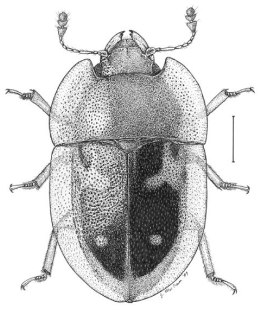
Driven by science.
Led by service.
Proper pest management starts with a detailed inspection and assessment from an expert pest professional before treatment. Thorn Pest Solutions uses a three-step process rooted in science to eliminate pests with long-term results.
Assess Situation
First, we identify the root problem(s) with a site assessment. Pests are almost always an indicator of an environmental condition. This will determine the best actions to provide short and your long-term results against pests.
Execute Action Plan
Next, we develop a plan to fix the problems we discovered. This includes solving current pest issues, eliminating conducive conditions, and monitoring for future pest activity. Good pest management starts with a good plan.
Track Success
Lastly, we implement the solutions we developed including inspection, monitoring, and preventing future pest infestations. Good pest control requires a good offense and not just defense. Prevention is key.
Let's get rid of those pests.
Call today:
 Other common Utah pests
Other common Utah pests
 Hear From Our Customers
Hear From Our Customers
